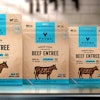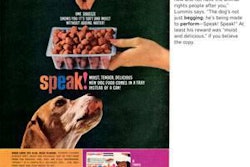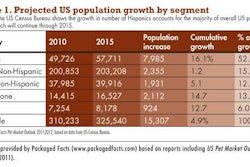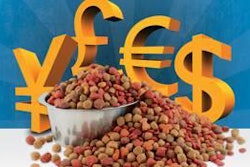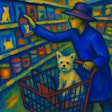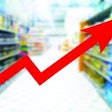Nearly every petfood producer I have talked with this year, including in Europe, has expressed concern about the continually escalating cost of ingredients, especially commodities. As of this writing, corn futures for this month (July 2011) were trading on the Chicago Board of Trade at US$7.59 a bushel, according to Agriculture.com. July soybean futures were at US$13.86 and September wheat futures, US$7.58.
If you have to buy grain ingredients for your company or track the prices of commodities, you’re probably feeling a sense of déjà vu. It was just three years ago that we saw prices for corn, wheat and other grains continually rise, eventually reaching historic highs, forcing the cost of nearly everything higher and significantly impacting the bottom line for every entity in the supply chain.
Well, here we go again. Yet in comparing the grain crisis of 2008 to this year’s, there is good news and bad, according to Paul Aho, PhD, a poultry economist writing in the March/April issue of Feed Management. The good news, he said, is this year prices should not spike to the record-high levels they hit in 2008 (though, as of press date for this issue, they’re getting close for corn). The bad news is the high prices will persist longer. “This will be a war of attrition in comparison to the blitzkrieg of 2008,” he wrote. “The inevitable subsequent fall in grain prices may be delayed for more than a year.”
Dr. Aho’s analysis centered on corn, and with many of you using corn-based ingredients in your formulations, you could be in for a long siege. The price hit US$6 a bushel in March (it took until summer for it to reach that level in 2008) and has since just kept climbing higher. Dr. Aho predicted it could remain up for the entire crop year of 2010-2011 and even into 2011-2012, a total of 104 weeks.
The culprit, as usual, is demand outpacing supply. As the world recovers from the recession, demand for feed grains is increasing, especially in countries like China, Dr. Aho said. Some grains, such as corn, are also going toward ethanol production. On the supply side, a very wet and cool spring in the US Midwest has slowed planting for corn and other commodity crops, threatening the yield.
The US Department of Agriculture projected 92.2 million acres of corn would be planted in the US this year, yielding 13.5 million bushels. But as of the end of May, USDA reported only 86% of the crop had been planted. Craig Solberg, meteorologist with Freese-Notis Weather Inc., was quoted by Jeff Caldwell on Agriculture.com saying that for the first time since 1996, more than 10% of the US corn crop would be planted in June.
Even if you don’t use corn-based ingredients, you are likely feeling the pinch of higher pricing, because it’s also hitting wheat, soybeans and other commodities—and all are inter-related. Even higher prices and demand for cotton affect grain prices because the more cotton grown, the less land available for grain crops. Add in continually escalating fuel prices, and it’s not a pretty picture.
There is a silver lining, however, Dr. Aho said: The continued high prices will create a powerful incentive to increase grain production globally, but that will likely take a year a two to ramp up.
Dr. George Collings of Nutrition Solutions offers tips on how to plan for and mitigate this situation. The key, he says, is to be proactive—usually the best advice for most business and industry challenges.

